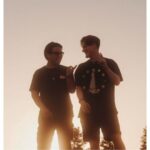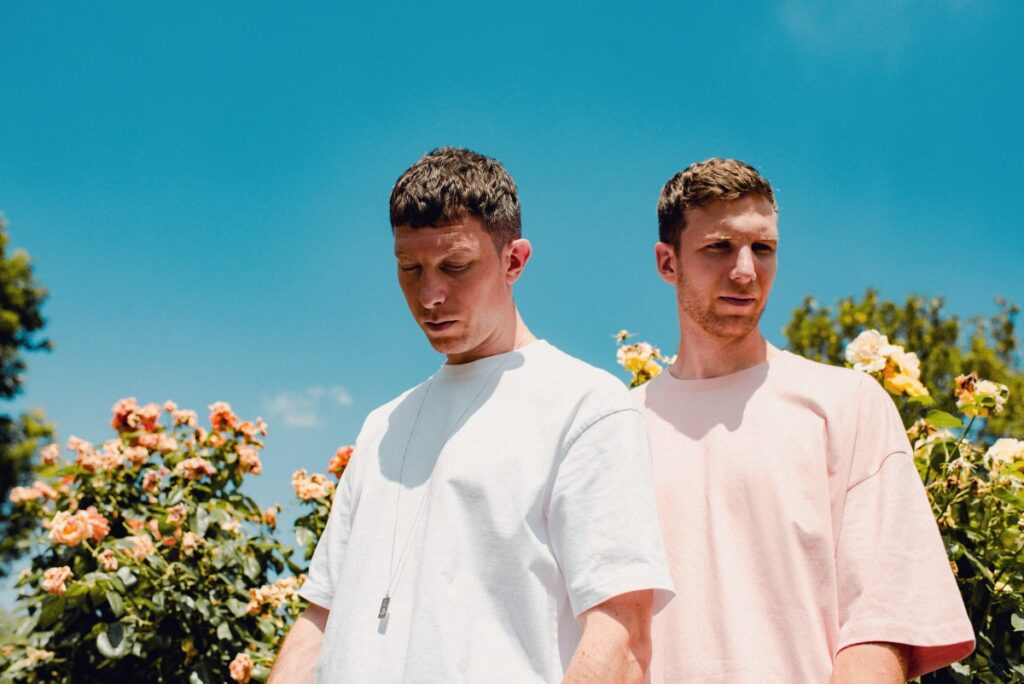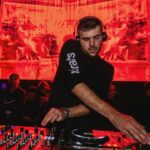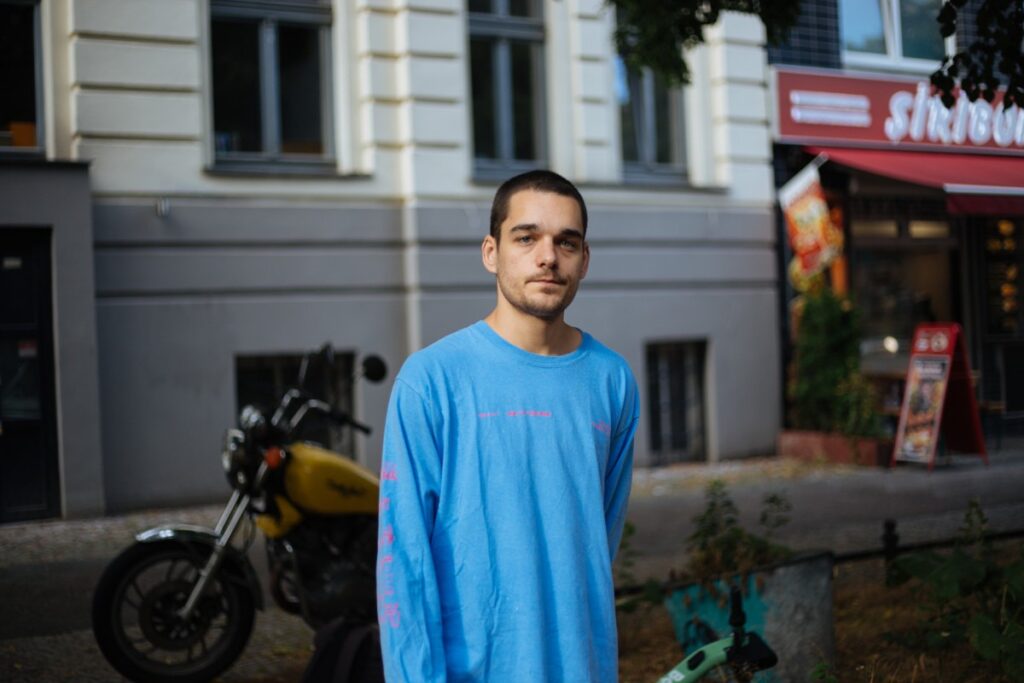Over the past few years, techno duo Woo York has become a staple in the melodic techno realm, with releases on labels like Afterlife, Soma, Planet Rhythm, and many more. Known for their exciting live performances, their latest EP on Afterlife is a perfect example of their prowess in the studio and mastery of their tools. We invited them to break down their latest EP, and below, they walk us through their creative process and how the release came to be.
Words and photos by Woo York
Hello everyone! Thank you for your interest in our work. Today we want to open some insights about how our latest release “Echoes From Beyond EP” was recorded. Actually, how it all began and where the ideas come from. All compositions are the result of our rehearsals over our live performance program. We usually perform some midi patterns and ideas of our finished tracks. Trying to make different arrangements and timbers for these ideas. In the process of acting out ready-made material, we come up with transitional parts from one composition to another. In essence, this translates into jam sessions. The best moments we come up with as a result, we save in the form of loops. Then we act out them at concerts and see which of them works best in public. Then it flows back into the studio work, where we make a finished track out of the tested patterns and timbers.
Track A1: Echoes From Beyond
Moog Mother 32 for bass

Roland SH-01A for the main melody

Dave Smith Prophet P12 for chords progressions

Roland JP-08 for pads

Waldorf Streichfett for strings

Roland TR-8S for drums

Interestingly, the idea of this track was taken from the intro of our live performance in Beirut. (link: https://youtu.be/e2WKCqTyVS8?t=45). Actually, you can hear what was the starting point for writing this composition. As a result, from the original intro, there is not much left except a chord progression that mutated in the mainline melody. An interesting fact that it’s not the first time we are creating a title track based on the idea of the intro melody used in live performance. The same approach was used when we recorded Chasing The Dream from our debut album. But. let's go back to the main points of creating a track. The sound design of the main melody was created using Roland SH-01A. We needed to do pretty deep automation to maximize the sound of this part. Therefore, we used the Roland SH 01A Midi Editor to draw in detail the ADSR and filter behaviour. We also made the leering of this instrument into 4 layers. With this approach, we have achieved such a dense sound.
Track A2: Dancing With Sirens
Roland SH-01A for bass

Din Sync RE-303 for acid line

MAM MB33 for bleep

Dave Smith Prophet P12 for pad
Roland TR-8S for drums
This track is permeated with a classic acidic rhythm. We are big fans of Roland TB-303 sound and use this instrument in almost all compositions. When writing drum parts, we also use already recorded samples and build loops in the Ableton sequencer. In order to simulate the human type of delay in rhythms, we use the Humanizer plugin, actually, we use it almost on every instrument to bring some controlled randomness to the timing.
Track B1: Minimalism
Moog Mother 32 for bass
Din Sync RE-303 for acid line

MXR distortion pedal for effects

Roland JP-08 for chord
Roland SH-01A for brass
Dave Smith Prophet P12 for pad

Roland TR-8S for drums
Back in the days, we posted a video:
It was recorded during a studio jam from which we eventually made this track. For the main tune, the Din Sync RE-303 instrument was used. We also used the MXR distortion pedal to create punchy acid one-shots.
The bass line is developed in triplet rhythms on Moog Mother 32. What comes to essential processing effects, we often use the SoundToys Decapitator plug-in for saturation.
Track B2: Epilogue
Moog Mother 32 for bass

Roland SH-01A for pluck arp
Roland JP-08 for pad
Dave Smith Prophet P12 for brass and keys
Roland TR-8S for drums
1/16 Hats were made using the Roland SH-01A noise generator and the v16 reverse effect of the D16 Group Decimort crasher bit. To create noisescapes, we used the vst Spectrasonics Omnisphere 2. The pad was recorded on Roland JP-08 and processed with Ableton's built-in Erosion and Overdrive effects. Portamento tuned melody on top of the pad is designed using the LuSH-101 instrument from the D16 Group.










